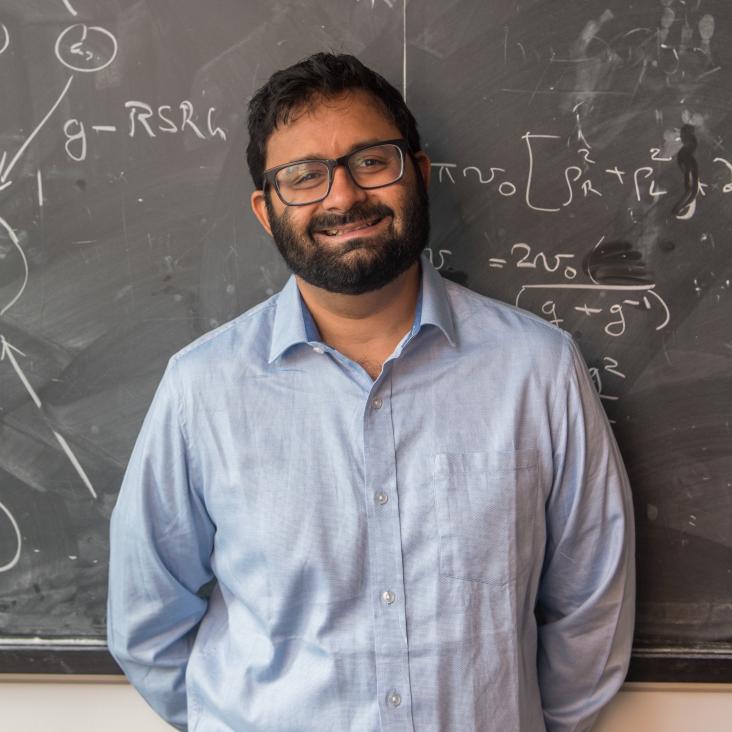Localization-protected order in spin chains with non-Abelian discrete symmetries
Physical Review B American Physical Society 98:6 (2018) 064203
Abstract:
We study the nonequilibrium phase structure of the three-state random quantum Potts model in one dimension. This spin chain is characterized by a non-Abelian D 3 symmetry recently argued to be incompatible with the existence of a symmetry-preserving many-body localized (MBL) phase. Using exact diagonalization and a finite-size scaling analysis, we find that the model supports two distinct broken-symmetry MBL phases at strong disorder that either break the Z 3 clock symmetry or a Z 2 chiral symmetry. In a dual formulation, our results indicate the existence of a stable finite-temperature topological phase with MBL-protected parafermionic end zero modes. While we find a thermal symmetry-preserving regime for weak disorder, scaling analysis at strong disorder points to an infinite-randomness critical point between two distinct broken-symmetry MBL phases.Topology- and symmetry-protected domain wall conduction in quantum Hall nematics
(2018)
Strong-Disorder Renormalization Group for Periodically Driven Systems
(2018)
Many-body localization, symmetry, and topology
Reports on Progress in Physics IOP Publishing 81:8 (2018) 082501
Abstract:
We review recent developments in the study of out-of-equilibrium topological states of matter in isolated systems. The phenomenon of many-body localization, exhibited by some isolated systems usually in the presence of quenched disorder, prevents systems from equilibrating to a thermal state where the delicate quantum correlations necessary for topological order are often washed out. Instead, many-body localized systems can exhibit a type of eigenstate phase structure wherein their entire many-body spectrum is characterized by various types of quantum order, usually restricted to quantum ground states. After introducing many-body localization and explaining how it can protect quantum order, we then explore how the interplay of symmetry and dimensionality with many-body localization constrains its role in stabilizing topological phases out of equilibrium.Recoverable information and emergent conservation laws in fracton stabilizer codes
Physical Review B American Physical Society 97:13 (2018) 134426


